解构赋值
解构赋值的写法
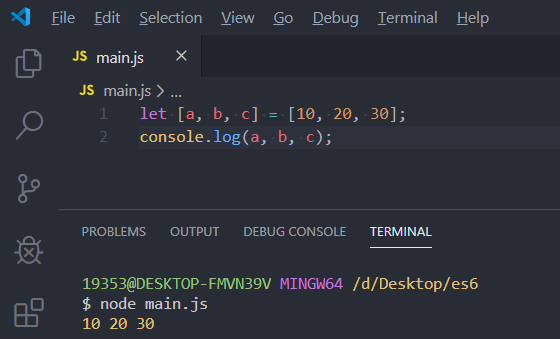
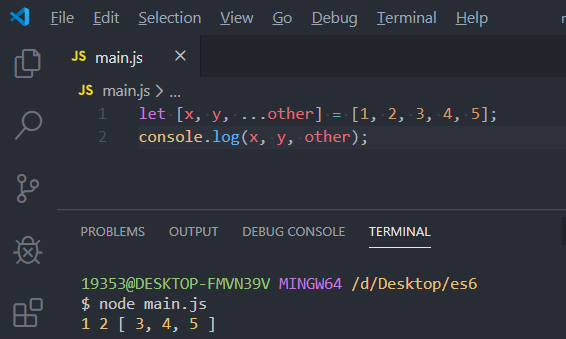
![]()


数组循环(for...of)
新的数组循环方式
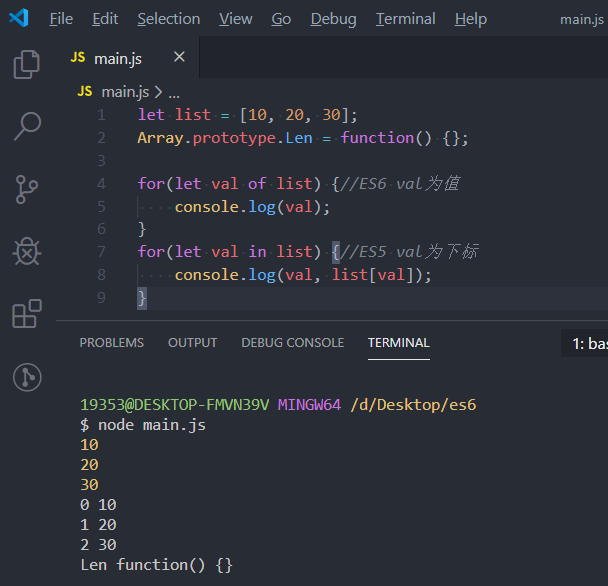
函数的默认值
定义函数时给出参数的默认值
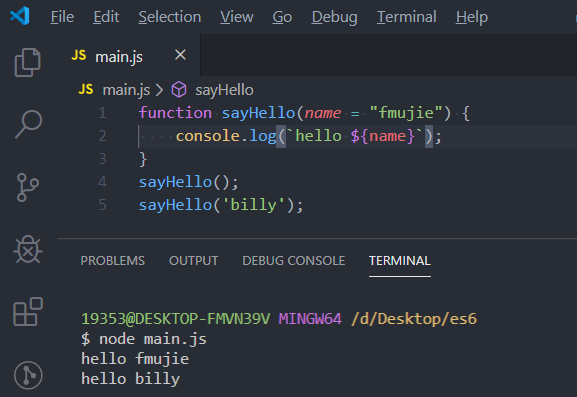
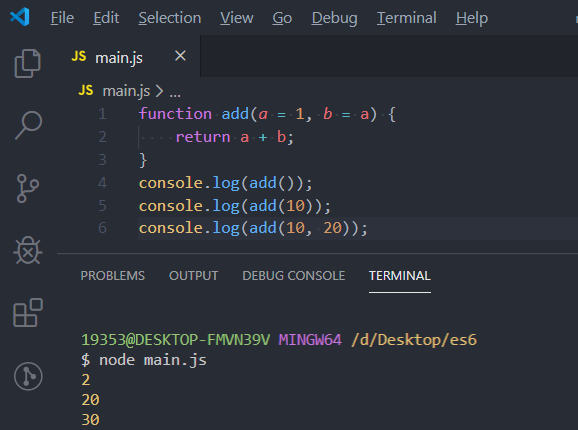
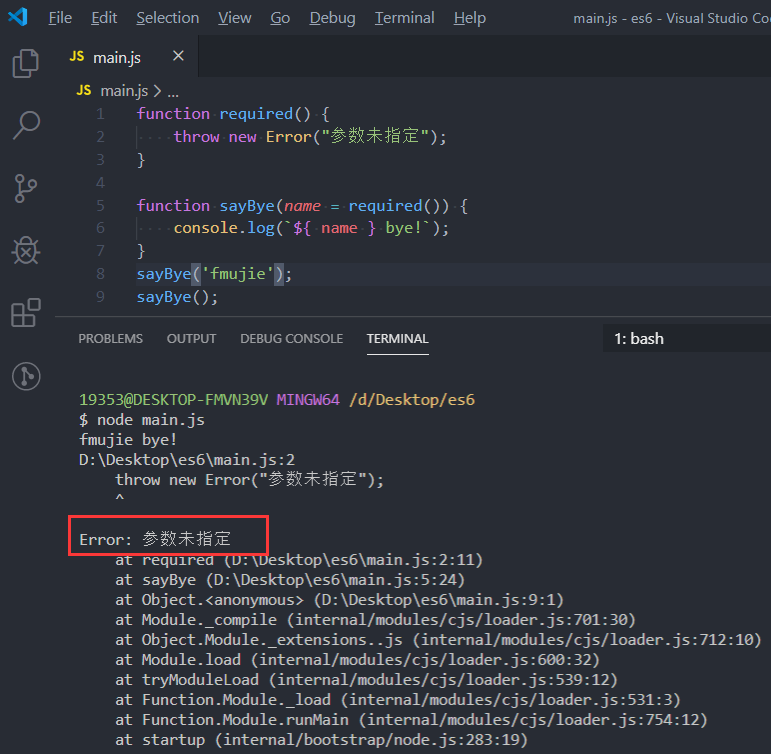
箭头函数
通过箭头函数简化代码

map()语法
array.map(function(currentValue,index,arr), thisValue)
参数说明
| 参数 | 描述 |
|---|
| function(currentValue, index,arr) | 必须。函数,数组中的每个元素都会执行这个函数 函数参数: 参数描述currentValue必须。当前元素的值index可选。当前元素的索引值arr可选。当前元素属于的数组对象 |
| thisValue | 可选。对象作为该执行回调时使用,传递给函数,用作 "this" 的值。 如果省略了 thisValue,或者传入 null、undefined,那么回调函数的 this 为全局对象。 |
可变长参数
定义参数时,可以将参数指定为可变长的数组
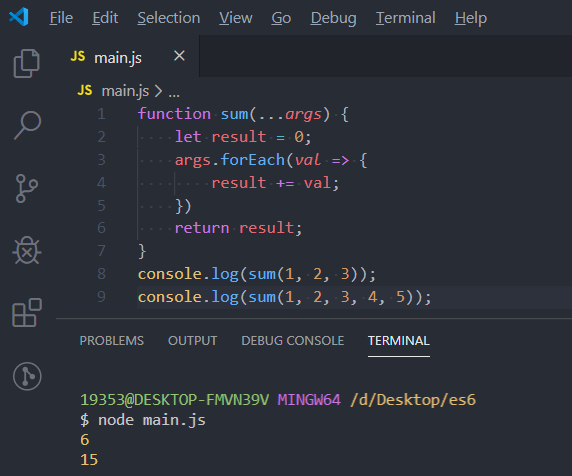
基本对象定义
JS基本对象定义
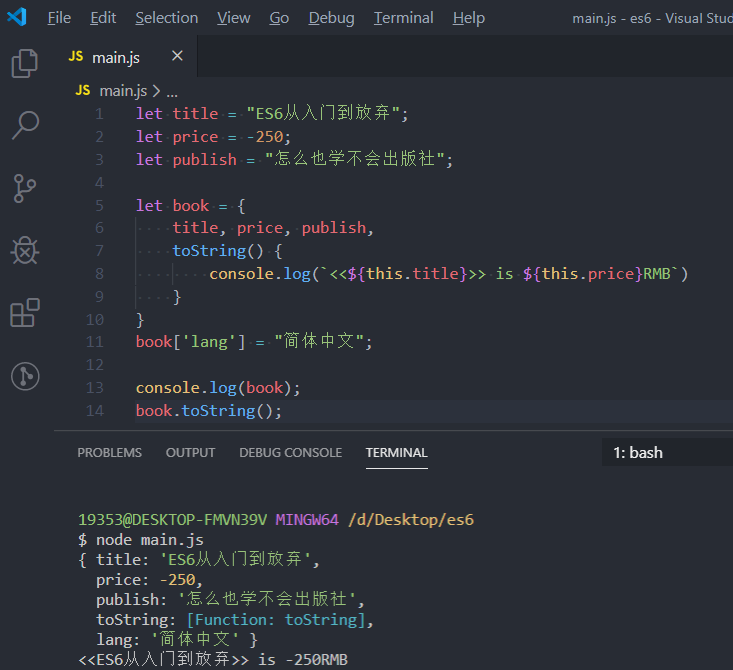
类定义
ES6的类定义
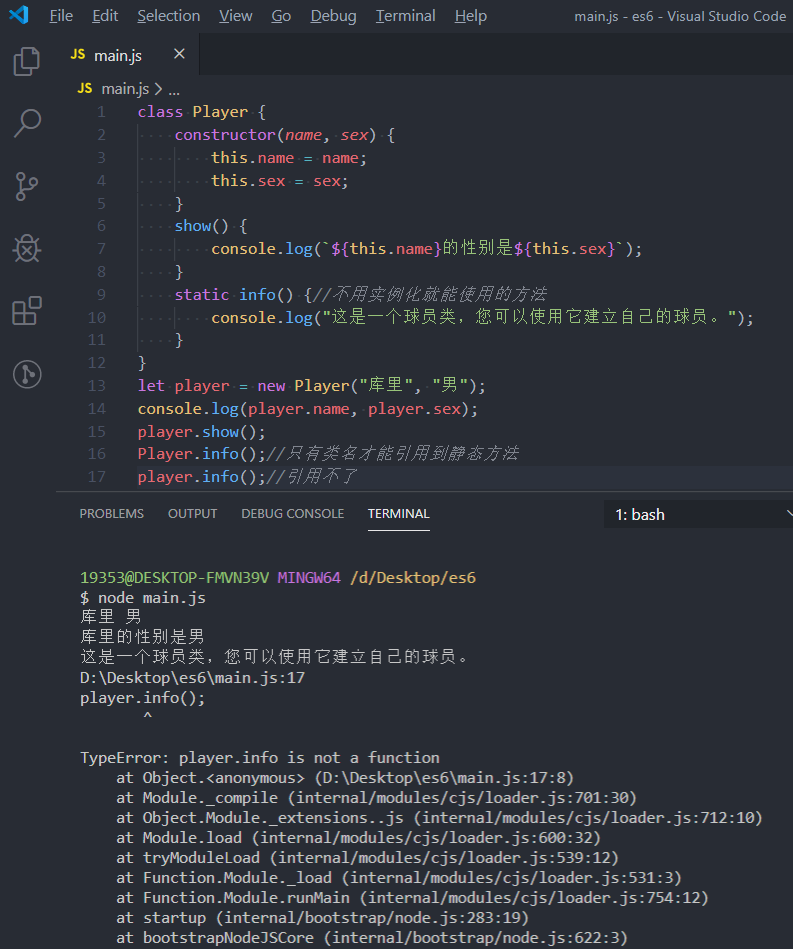
setter/getter的定义
在类中定义setter/getter方法

类继承
ES6面向对象的编程之类继承
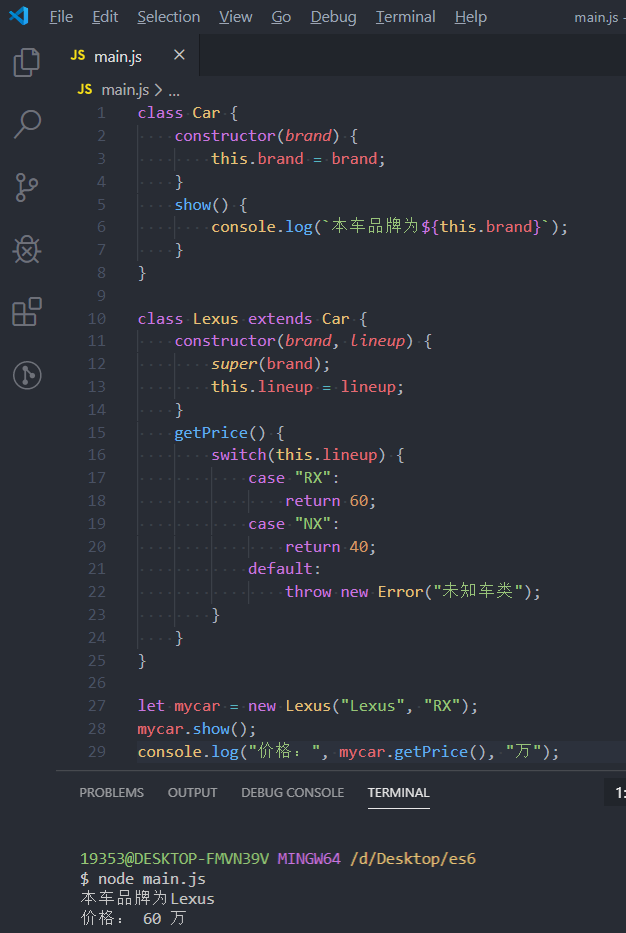
ES6入门系列说明:本系列仅仅作为ES6入门教学视频的归纳总结与记录,在此感谢小马视频ORYouTube地址
















还不快抢沙发